
Sometimes, when you reach the highest position for your skill set in a particular job, you could find yourself stagnating in the firm or industry.
You may not want to switch industries because starting afresh or taking a pay cut wouldn’t be palatable. The best option in such a situation is to acquire additional educational qualification or skill set, which can boost your career.
Here’s how to determine the course of action that would be right for you.
Graduate
If you are not a graduate, and don’t have any other degree, you’re already at a disadvantage in the job market. You might be a brilliant territory sales manager for an auto firm, having risen up the ranks through hard work and perseverance, but you may not make it to a regional manager.
More often than not, a clause in the company’s HR policy will state that the qualifications required for a particular post include a graduate degree.
Even if your present employer is not short-sighted, your next one may be. Whether you are 20 years old or 40, it is worth investing in a part-time or full-time graduate degree. This will make a difference in your pay band or grade, sooner or later.
The professionals who should consider this option include those in the travel and hospitality industries, plant workers holding engineering diplomas, sales personnel and BPO employees. Remember to check with your HR team if the firm is willing to sponsor your efforts.
Generalise
If you are stagnating in your current post, try to have a more inclusive work profile. To do so, you will need to have a more generalised set of skills. Picking up a general qualification is useful when you want to switch industries, grow beyond your specialised vertical, or become the head of your department.
The most obvious option is a management qualification, which makes you more employable and improves
career options. For young techies in big software companies, a full-time, 2-year MBA programme is the popular choice, while it’s the one-year, full-time executive programme for professionals in their mid-30s.
If you can’t afford to take a long break from work or need the income, go for shorter management development programmes or part-time/distance learning. There is something available in every field. If you are a doctor, a course in hospital administration will qualify you for registrar and business roles; a military officer’s chances at top leadership improve with the Staff College qualification.
Apart from managerial lear
ning, consider investing in oft-ignored soft skills and communication training programmes. The impact of such courses on your personality and career far outweigh the minuscule value of the certificate.
Specialise
Do you love your professional skills but dislike managerial or leadership roles? You can jumpstart a low-voltage
career by specialising further. However, choose wisely as specialisation should involve the principle of scarcity; there should be a critical demand, but low supply, of specialists in the industry.
If you are in health care, consider training in paediatric specialities, given India’s baby boom. As a pilot, you could go for a conversion course to the latest aircraft being purchased by the airline industry, where there is a shortage of qualified pilots.
A consultant or lawyer can specialise in a sector over a period of time before being selected as a partner. Even where direct benefits are not apparent, specialisation can open up new vistas.
Upgrade
Are you a skilled professional working for an old and large firm, or the government? Look no further than your organisation’s policies, where you will find detailed requirements and career progression options for each position.
If you have reached a plateau in your current role, there will be different courses and exams that will qualify you for a vertical or lateral movement. If you are in a government organisation, you will need to go through mandatory promotion courses and exams before you get your next pay grade. Even in other industries, upgrading your skills can earn a higher income.
As a commercial diver, upgrading for Hazmat (hazardous material) will qualify you for more lucrative dives. As a language worker, you can upgrade your linguistic skills to qualify as an interpreter/translator.
Cross-train
If you don’t want to generalise or specialise, pick a course that excites you. Explore ways to complement your skill sets to make you more employable. As a print journalist, who finds graphics fascinating, you can opt for a Web designing course and move to both creation and delivery of online content.
A software engineer with a fascination for accounts could enrol for a part-time course in
finance and accounts, and support the sales team with its pricing and accounting. Most professionals can get a PMP (project management professional) certification. Even if you do not get an opportunity to lead a new project, it can help you rework your existing job profile and improve your output and compensation.
To ensure that the benefits are realistic, speak to people who have pursued the course.
- See more at: http://content.timesjobs.com/?p=7084&fromsite=toi&utm_source=toi&utm_medium=referral&utm_campaign=toi-tj-whitelabel#sthash.t4EBTQnK.dpuf

















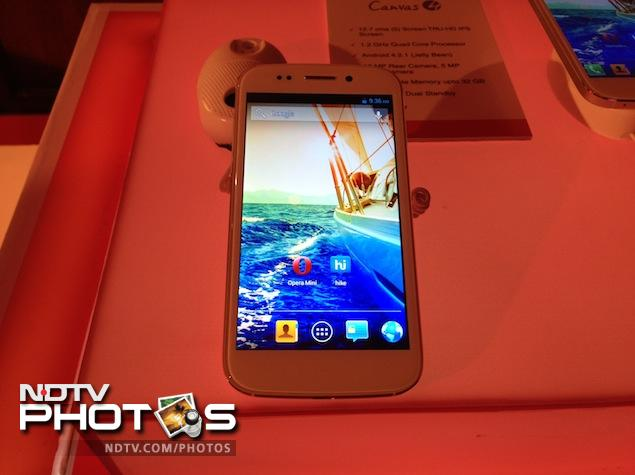



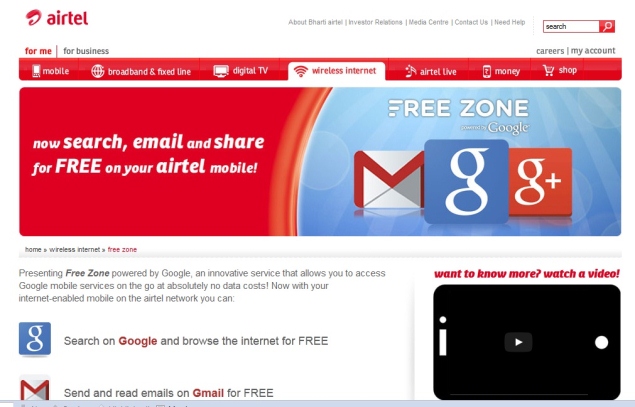
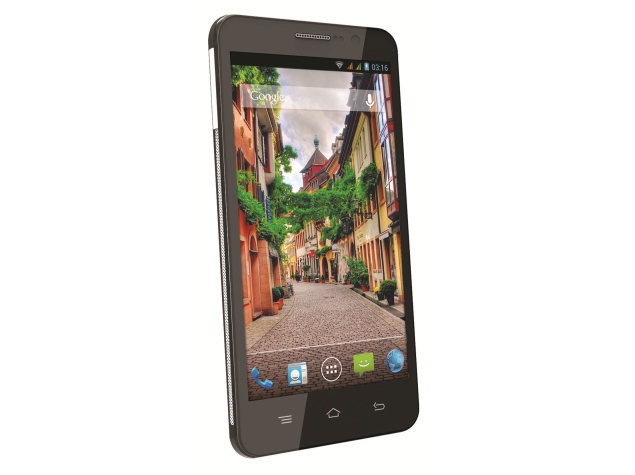
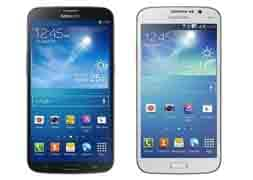
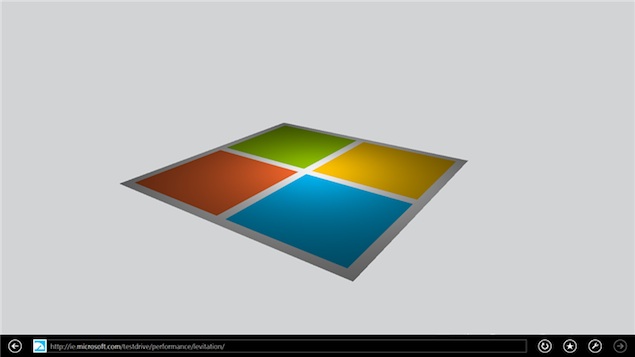
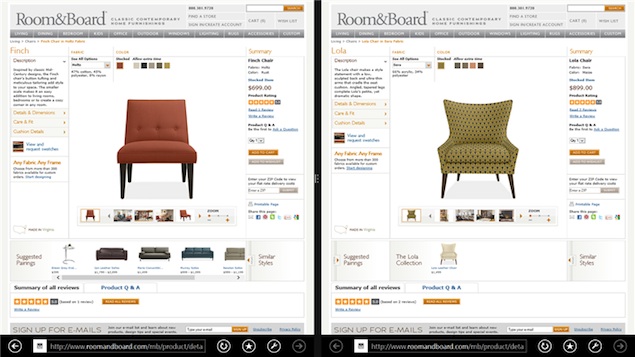
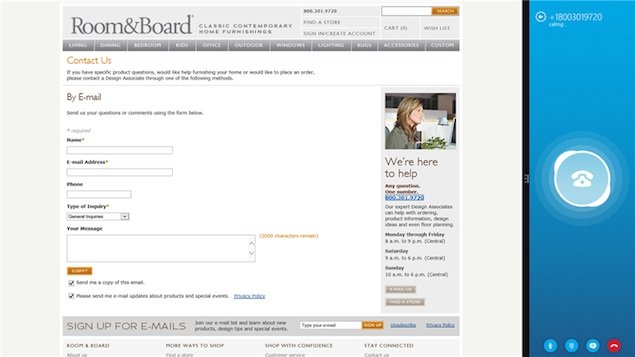

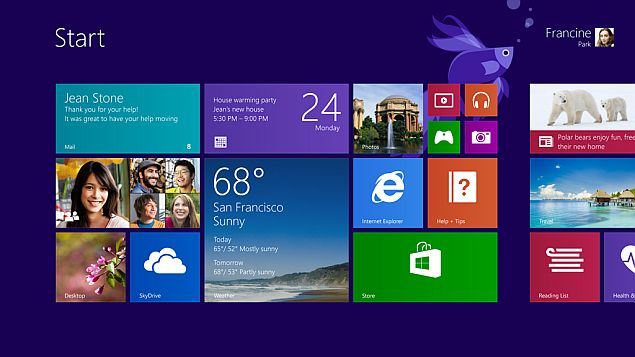






 .
.